DIY Bolster Pillow Sewing: Ever dreamt of adding a touch of elegance and comfort to your living space without breaking the bank? I know I have! Bolster pillows, with their unique cylindrical shape, have been gracing homes for centuries, adding a touch of sophistication and providing unparalleled support. From ancient Egyptian royalty using them for headrests to Victorian-era parlors showcasing them as decorative accents, bolster pillows have a rich history of comfort and style.
But let’s be honest, those store-bought bolster pillows can be pricey! That’s where the magic of DIY comes in. In this article, I’m going to share some fantastic DIY bolster pillow sewing tricks and hacks that will empower you to create your own custom-designed bolster pillows. Imagine crafting pillows that perfectly match your décor, using fabrics you adore, and all while saving money. Whether you’re a seasoned seamstress or a complete beginner, I’ll guide you through the process with easy-to-follow instructions and helpful tips. Get ready to unleash your creativity and transform your home with these simple yet stylish additions!
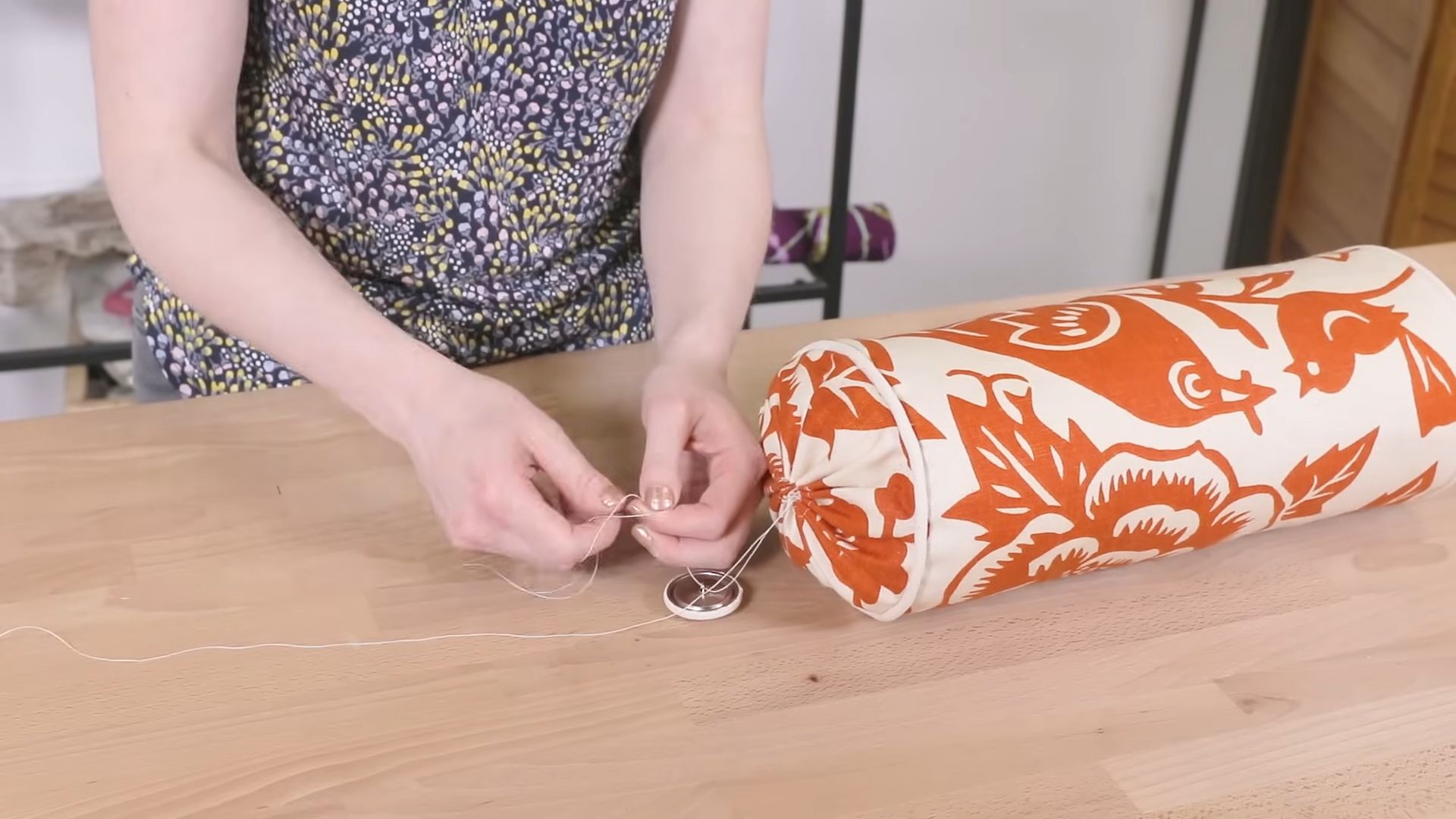
DIY Bolster Pillow: A Beginner-Friendly Sewing Project
Hey there, fellow crafters! Ever wanted to add a touch of elegance and comfort to your living space without breaking the bank? Well, you’re in the right place! Today, I’m going to walk you through creating your very own bolster pillow. It’s a surprisingly simple sewing project, even if you’re a newbie like I once was. Trust me, the satisfaction of snuggling up to something you made yourself is totally worth it.
What You’ll Need
Before we dive in, let’s gather our supplies. Having everything ready beforehand will make the process much smoother.
* Fabric: This is where you can really let your personality shine! Choose a fabric you love. I recommend a medium-weight fabric like cotton, linen, or even a durable upholstery fabric. Consider the color scheme of your room and pick something that complements it. You’ll need enough fabric for the pillow body and two circular end pieces. As a general rule, for a standard bolster pillow (around 24 inches long and 8 inches in diameter), you’ll need about 1 yard of fabric for the body and a quarter yard for the ends. But measure your desired dimensions first!
* Sewing Machine: A basic sewing machine will do the trick. Make sure it’s threaded and ready to go.
* Thread: Choose a thread that matches your fabric. It’s always a good idea to have a little extra on hand.
* Scissors or Rotary Cutter: For cutting your fabric accurately. A rotary cutter and mat are super helpful, but scissors work just fine too.
* Measuring Tape or Ruler: Essential for accurate measurements.
* Pins: To hold your fabric pieces together while you sew.
* Pencil or Fabric Marker: For marking your fabric.
* Compass or Circular Object: To trace perfect circles for the end pieces. A plate or bowl works great!
* Stuffing: You can use polyester fiberfill, which is readily available and affordable. Alternatively, you could use shredded foam or even old fabric scraps for a more eco-friendly option. The amount you need will depend on the size of your pillow and how firm you want it to be.
* Iron and Ironing Board: For pressing your seams. This makes a huge difference in the finished look.
* Optional: Zipper or Velcro closure (if you want a removable cover).
Preparing Your Fabric
This step is crucial for a professional-looking finish. Taking the time to prepare your fabric properly will prevent headaches later on.
1. Wash and Iron Your Fabric: This is super important! Washing your fabric beforehand will prevent it from shrinking after you’ve sewn your pillow. Ironing it will remove any wrinkles and make it easier to work with.
2. Measure and Cut the Pillow Body: Decide on the desired length and circumference of your bolster pillow. Remember to add seam allowances! I usually add about 1/2 inch on all sides. For example, if you want a pillow that’s 24 inches long and has a circumference of 25 inches, you’ll need to cut a rectangle that’s 25 inches wide and 25 inches long (24 inches + 1/2 inch seam allowance on each end).
3. Cut the End Circles: Use your compass or circular object to trace two circles onto your fabric. The diameter of the circles should be slightly larger than the desired diameter of your finished pillow. Again, add a 1/2 inch seam allowance. So, if you want an 8-inch diameter pillow, your circles should be about 9 inches in diameter.
Sewing the Pillow Body
Now for the fun part! We’re going to start by creating the main body of the pillow.
1. Fold the Rectangle in Half: With the right sides of the fabric facing each other, fold the rectangle in half lengthwise. This will create a tube.
2. Pin the Seam: Pin along the long edge of the folded fabric, making sure the edges are aligned.
3. Sew the Seam: Using your sewing machine, sew along the pinned edge with a 1/2 inch seam allowance. Remember to backstitch at the beginning and end of the seam to secure the stitches.
4. Press the Seam Open: This is where your iron comes in handy! Press the seam open to reduce bulk and create a smoother finish.
Attaching the End Circles
This can be a little tricky, but don’t worry, I’ll guide you through it.
1. Pin the First Circle to One End: With the right sides facing each other, pin one of the circles to one end of the fabric tube. Align the edge of the circle with the edge of the tube. You’ll need to ease the circle around the tube, as the circumference of the circle will be slightly smaller than the circumference of the tube. Use plenty of pins to hold everything in place.
2. Sew the Circle to the Tube: Carefully sew the circle to the tube with a 1/2 inch seam allowance. Sew slowly and adjust the fabric as you go to ensure a smooth seam.
3. Repeat for the Second Circle: Repeat steps 1 and 2 for the other end of the tube, but leave a 6-8 inch opening for stuffing.
4. Clip the Curves: Clip small notches around the seam allowance of the circles. This will help the fabric lie flat when you turn the pillow right side out. Be careful not to cut through the seam!
Stuffing and Finishing
Almost there! Now it’s time to bring your pillow to life.
1. Turn the Pillow Right Side Out: Carefully turn the pillow right side out through the opening you left.
2. Stuff the Pillow: Start stuffing the pillow with your chosen filling. Add small amounts at a time and distribute it evenly to avoid lumps. Stuff it firmly, but not so tightly that it becomes misshapen.
3. Close the Opening: Once you’re happy with the amount of stuffing, it’s time to close the opening. You can do this by hand-sewing it closed with a hidden stitch (also known as a ladder stitch). Or, if you’re feeling lazy (like I sometimes am!), you can use your sewing machine to sew it closed. Just be sure to tuck the raw edges of the fabric inside before you sew.
4. Optional: Add a Zipper or Velcro Closure: If you want to be able to remove the cover for washing, you can add a zipper or Velcro closure to one of the end circles. This will require a little extra sewing, but it’s definitely worth it if you plan on using your pillow frequently.
Adding a Removable Cover (Optional)
If you opted for a removable cover, here’s a quick rundown:
1. Measure Your Finished Pillow: Measure the length and circumference of your finished bolster pillow.
2. Cut the Fabric for the Cover: Cut a rectangle of fabric that’s slightly larger than your pillow’s measurements (add about 1 inch to each dimension for seam allowances and ease).
3. Sew the Cover: Sew the cover together using the same techniques as you used for the pillow body. Add a zipper or Velcro closure to one end.
4. Insert the Pillow: Insert your finished bolster pillow into the cover.
Tips and Tricks
* Choose the Right Fabric: The fabric you choose will greatly impact the look and feel of your pillow. Consider the durability, texture, and color of the fabric before making your decision.
* Use a Walking Foot: If you’re working with a thick or slippery fabric, a walking foot can help prevent the fabric from shifting while you sew.
* Take Your Time: Don’t rush the process! Sewing is a relaxing and rewarding hobby. Take your time and enjoy the journey.
* Experiment with Embellishments: Once you’ve mastered the basic bolster pillow, you can start experimenting with embellishments like piping, tassels, or embroidery.
* Don’t Be Afraid to Make Mistakes: Everyone makes mistakes, especially when they’re learning something new. Don’t get discouraged if your first pillow isn’t perfect. Just learn from your mistakes and try again!
Enjoy Your New Bolster Pillow!
And there you have it! Your very own handmade bolster pillow. Now you can relax and enjoy the comfort and style you’ve created. I hope you found this tutorial helpful. Happy sewing!
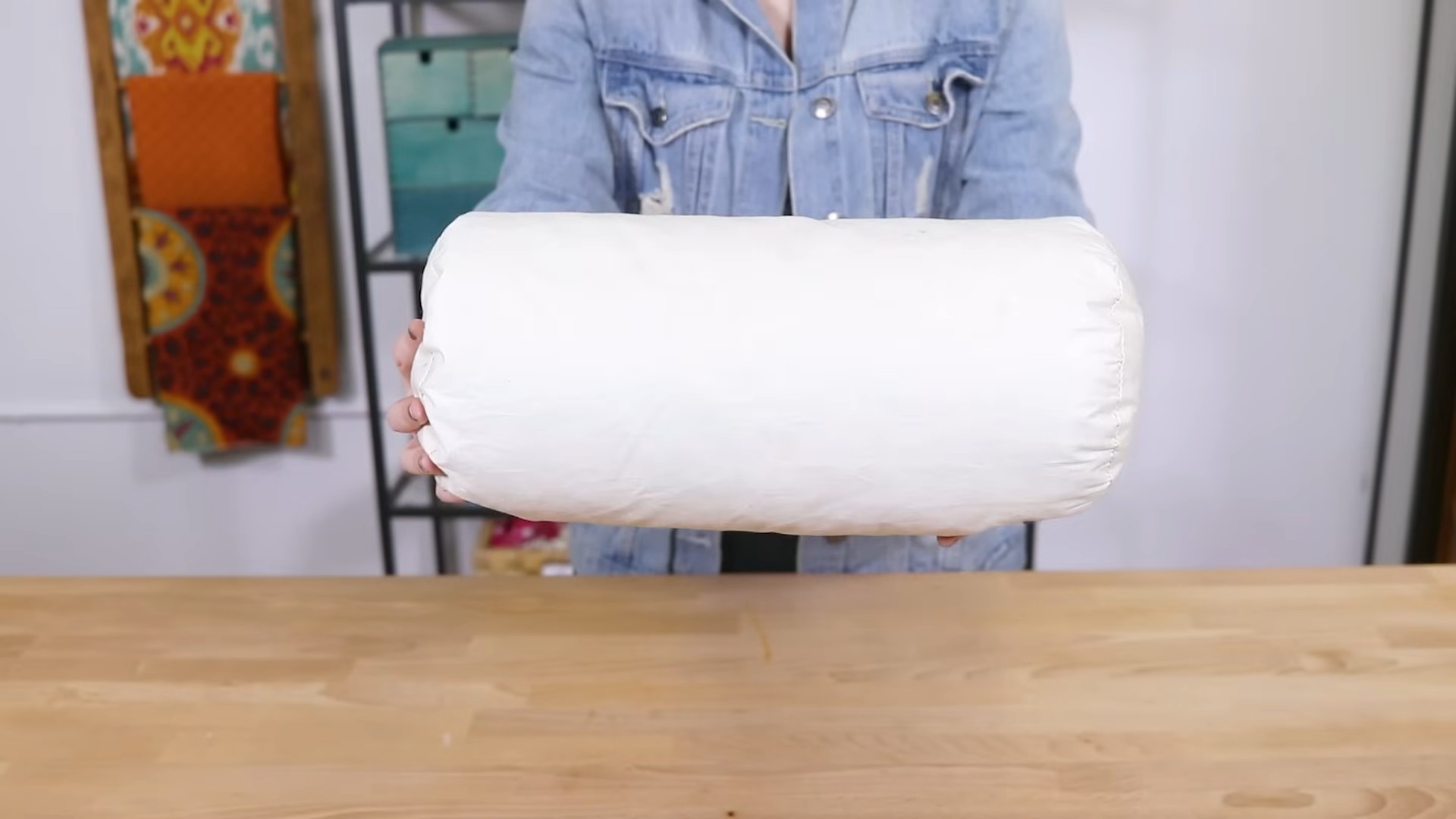
Conclusion
So, there you have it! Crafting your own bolster pillow isn’t just a fun project; it’s a gateway to personalized comfort and style. Forget those generic, mass-produced cushions – with a little effort and creativity, you can create a bolster pillow that perfectly complements your décor and provides the exact support you need. This DIY bolster pillow sewing project empowers you to take control of your home’s aesthetic and comfort levels.
Why is this DIY trick a must-try? Because it offers unparalleled customization. You choose the fabric, the size, the firmness – everything is tailored to your preferences. Are you looking for a luxurious velvet bolster to adorn your bed? Or perhaps a durable, outdoor-friendly option for your patio furniture? The possibilities are endless. Plus, think of the satisfaction of knowing you created something beautiful and functional with your own two hands. It’s a rewarding experience that adds a personal touch to your living space.
Beyond the basic design, consider these variations to truly make your bolster pillow unique:
* Add piping: Piping around the edges adds a touch of sophistication and visual interest. Experiment with contrasting colors or textures for a bolder look.
* Incorporate embellishments: Buttons, tassels, embroidery, or even fabric paint can transform a simple bolster into a statement piece.
* Experiment with fillings: While fiberfill is a popular choice, consider using down feathers for a softer feel or buckwheat hulls for firmer, more supportive option.
* Create removable covers: Sewing a removable cover makes cleaning a breeze and allows you to change the look of your bolster pillow seasonally.
* Make different sizes: Create a collection of bolster pillows in varying lengths and diameters to suit different needs and spaces. A smaller bolster can be perfect for lumbar support, while a larger one can be used as a headrest or body pillow.
We wholeheartedly encourage you to give this DIY bolster pillow sewing project a try. It’s a fantastic way to unleash your creativity, save money, and create a truly unique and comfortable addition to your home. Don’t be intimidated if you’re new to sewing; this project is beginner-friendly and a great way to learn basic sewing skills.
Once you’ve completed your masterpiece, we’d love to hear about your experience! Share your photos and tips in the comments below. Let’s inspire each other with our DIY bolster pillow creations! What fabrics did you use? What embellishments did you add? What challenges did you overcome? Your insights could help other readers embark on their own DIY bolster pillow sewing adventures. Happy sewing!
Frequently Asked Questions (FAQ)
What kind of fabric is best for a bolster pillow?
The best fabric for your bolster pillow depends on its intended use and your personal preferences. For indoor use, durable and comfortable options include cotton, linen, velvet, and upholstery fabrics. Cotton is breathable and easy to clean, linen offers a natural and textured look, velvet adds a touch of luxury, and upholstery fabrics are designed to withstand wear and tear. For outdoor use, consider water-resistant and fade-resistant fabrics like outdoor canvas or treated polyester. Think about the overall aesthetic you’re aiming for and choose a fabric that complements your existing décor. Also, consider the weight of the fabric. A heavier fabric will provide more structure, while a lighter fabric will be softer and more pliable.
How much filling do I need for a bolster pillow?
The amount of filling you need will depend on the size of your bolster pillow and the desired firmness. A good rule of thumb is to start with slightly more filling than you think you’ll need and then gradually add or remove filling until you achieve the perfect level of support. Fiberfill is a popular and affordable option, but you can also use down feathers for a softer feel or buckwheat hulls for a firmer, more supportive pillow. When stuffing, make sure to distribute the filling evenly to avoid lumps and bumps. You can also use a pillow form as a base and then add extra filling around it for a more structured shape.
What if I don’t have a sewing machine? Can I still make a bolster pillow?
Yes, you can definitely make a bolster pillow without a sewing machine! While a sewing machine will make the process faster and easier, you can hand-sew the entire project. Use a sturdy stitch like a backstitch or a running stitch to ensure the seams are strong and durable. Hand-sewing will take more time and effort, but it’s a perfectly viable option, especially for smaller bolster pillows. You can also explore no-sew options, such as using fabric glue or fusible webbing to create the seams. However, keep in mind that these methods may not be as durable as sewing.
How do I clean my DIY bolster pillow?
The cleaning method will depend on the fabric you used and the type of filling. If you used a washable fabric like cotton or linen and fiberfill, you can usually machine wash the entire pillow on a gentle cycle. However, it’s always best to check the fabric care instructions first. For delicate fabrics like velvet or silk, spot cleaning is recommended. Use a mild detergent and a soft cloth to gently blot the stain. Avoid rubbing, as this can damage the fabric. If your bolster pillow has a removable cover, you can wash the cover separately. For pillows filled with down feathers or buckwheat hulls, professional cleaning is recommended.
How do I make sure my bolster pillow is the right size?
Before you start sewing, measure the space where you plan to use your bolster pillow. This will help you determine the ideal length and diameter. Consider the purpose of the pillow as well. A smaller bolster pillow might be perfect for lumbar support, while a larger one might be better for head or neck support. You can also use an existing pillow as a reference. Measure its dimensions and adjust accordingly to create a bolster pillow that’s the perfect size for your needs. Remember to add seam allowances to your measurements before cutting the fabric.
Can I use recycled materials to make a bolster pillow?
Absolutely! Using recycled materials is a great way to be eco-friendly and save money. You can repurpose old clothes, curtains, or blankets to create the outer fabric. For the filling, you can use shredded fabric scraps, old towels, or even plastic grocery bags. Just make sure the materials are clean and free of any harmful substances. Using recycled materials adds a unique and personal touch to your bolster pillow and helps reduce waste.
How do I prevent my bolster pillow from losing its shape?
To prevent your bolster pillow from losing its shape, use a high-quality filling that is resilient and doesn’t compress easily. Fiberfill is a good option, but you can also use down feathers or buckwheat hulls for a firmer feel. When stuffing the pillow, make sure to distribute the filling evenly and pack it tightly. You can also use a pillow form as a base to provide extra structure. Regularly fluffing your bolster pillow will also help maintain its shape.
What are some creative ideas for decorating my DIY bolster pillow?
The possibilities for decorating your DIY bolster pillow are endless! You can add piping around the edges for a touch of sophistication, incorporate buttons or tassels for a playful look, or use embroidery or fabric paint to create a unique design. You can also use different fabrics and textures to add visual interest. Consider adding a monogram or a personalized message to make your bolster pillow even more special. Don’t be afraid to experiment and let your creativity shine!
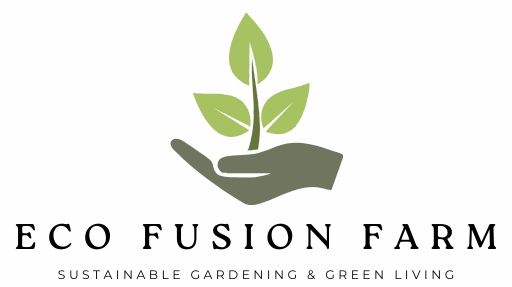
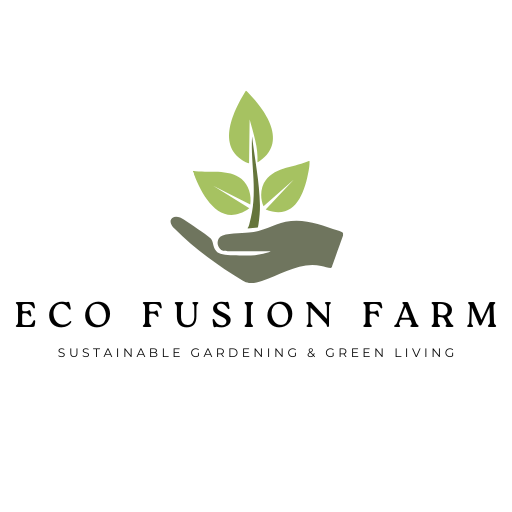
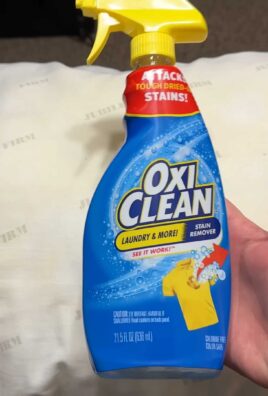
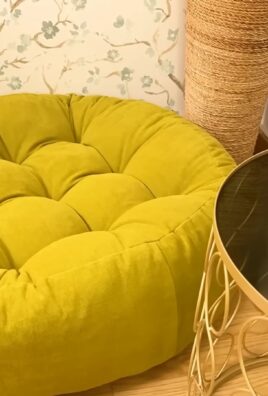
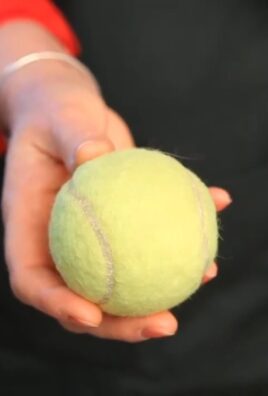
Leave a Comment